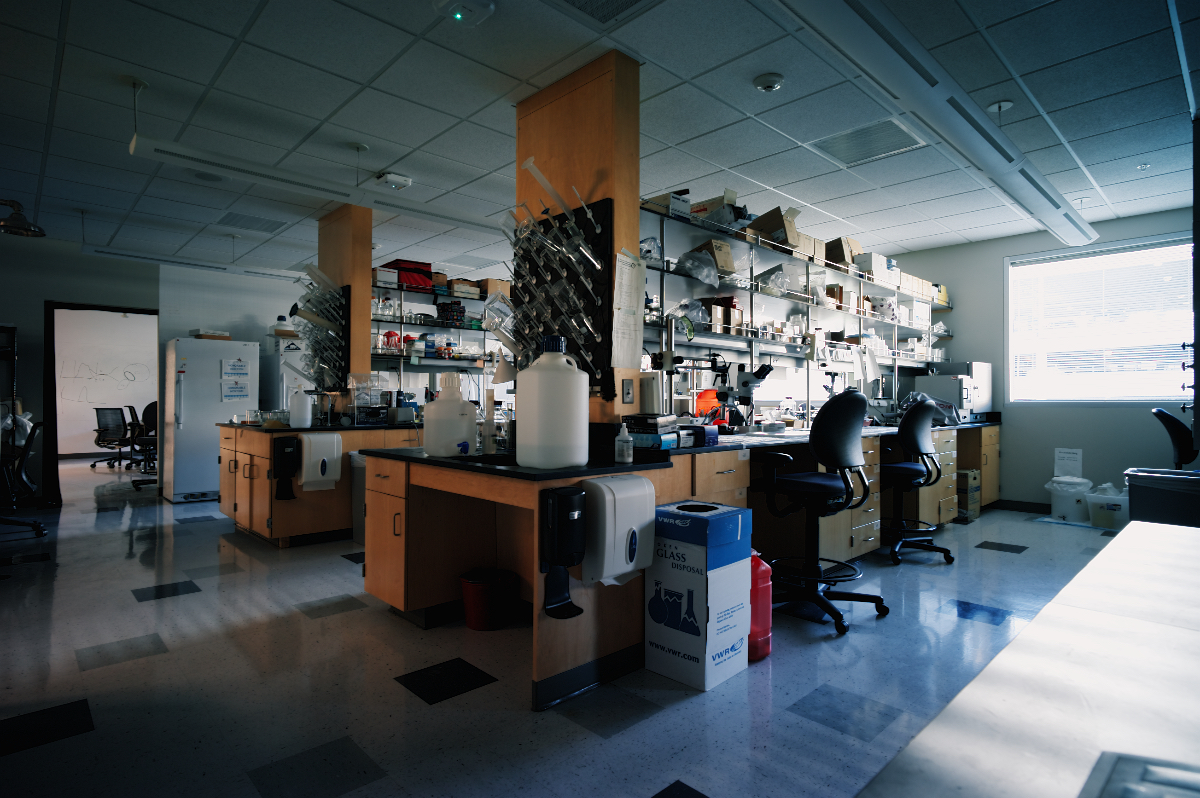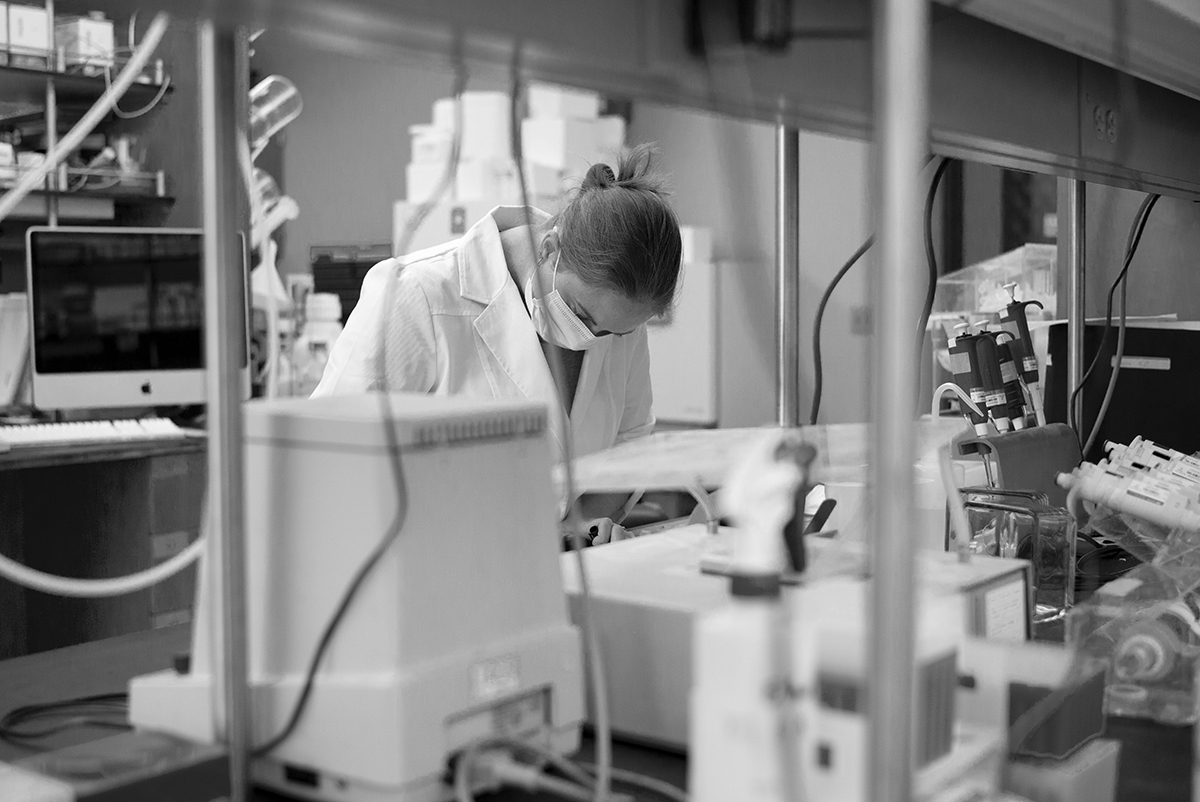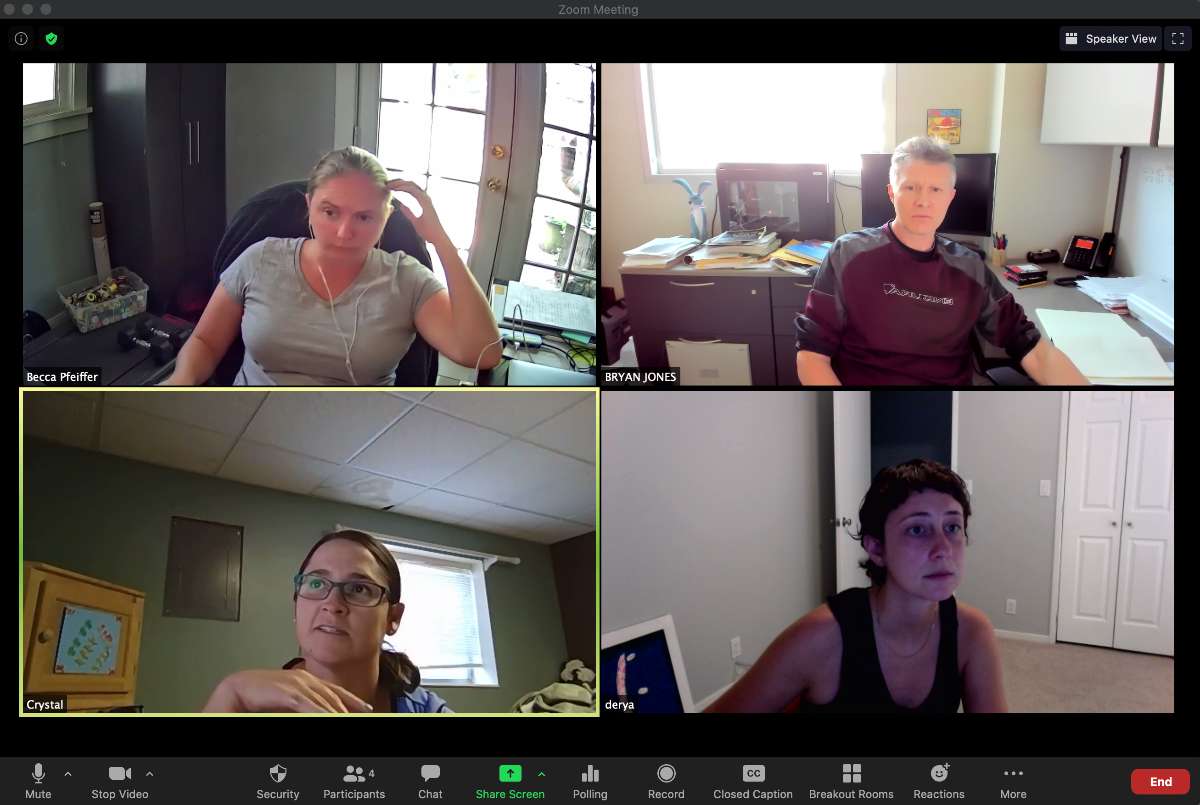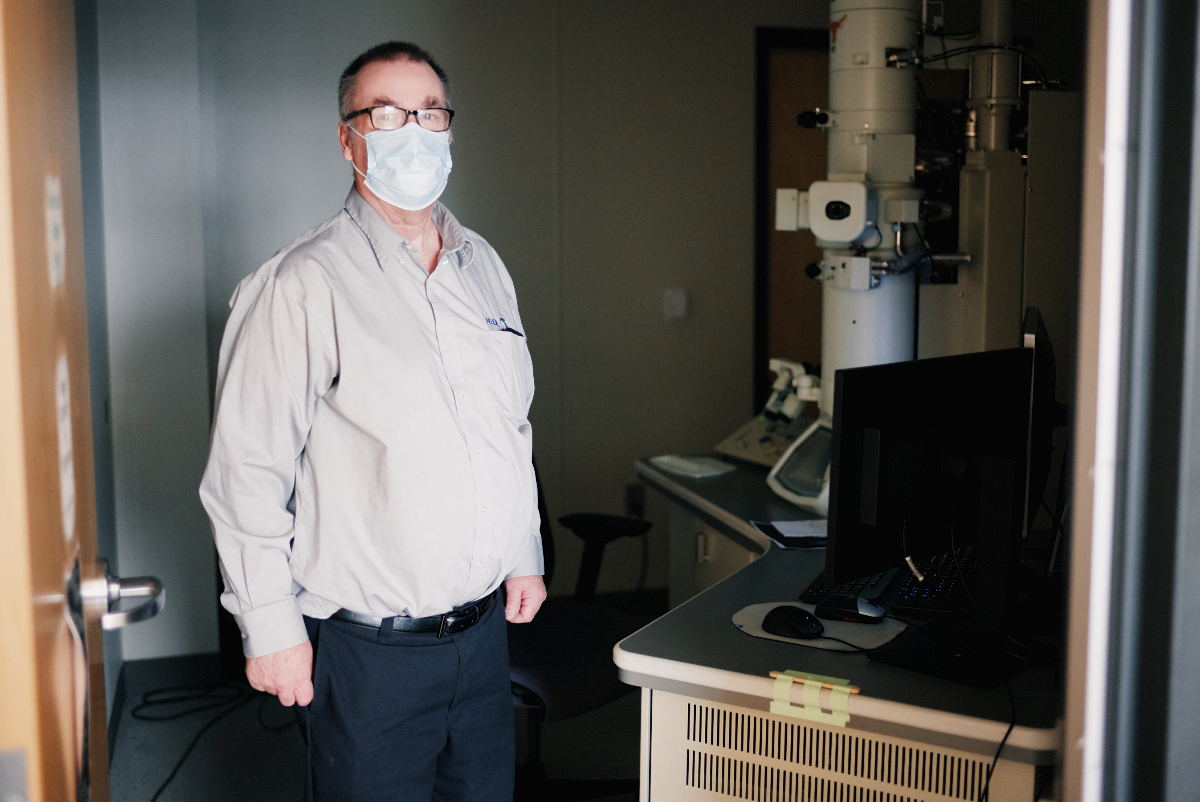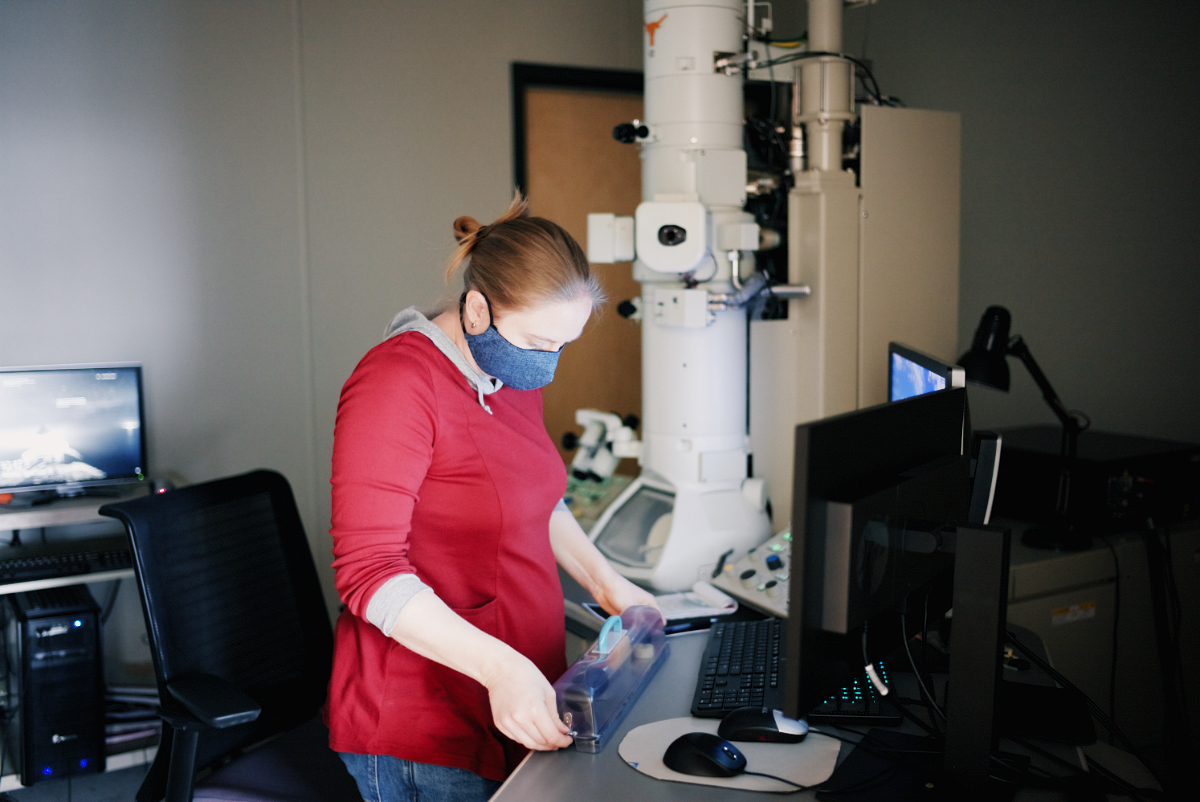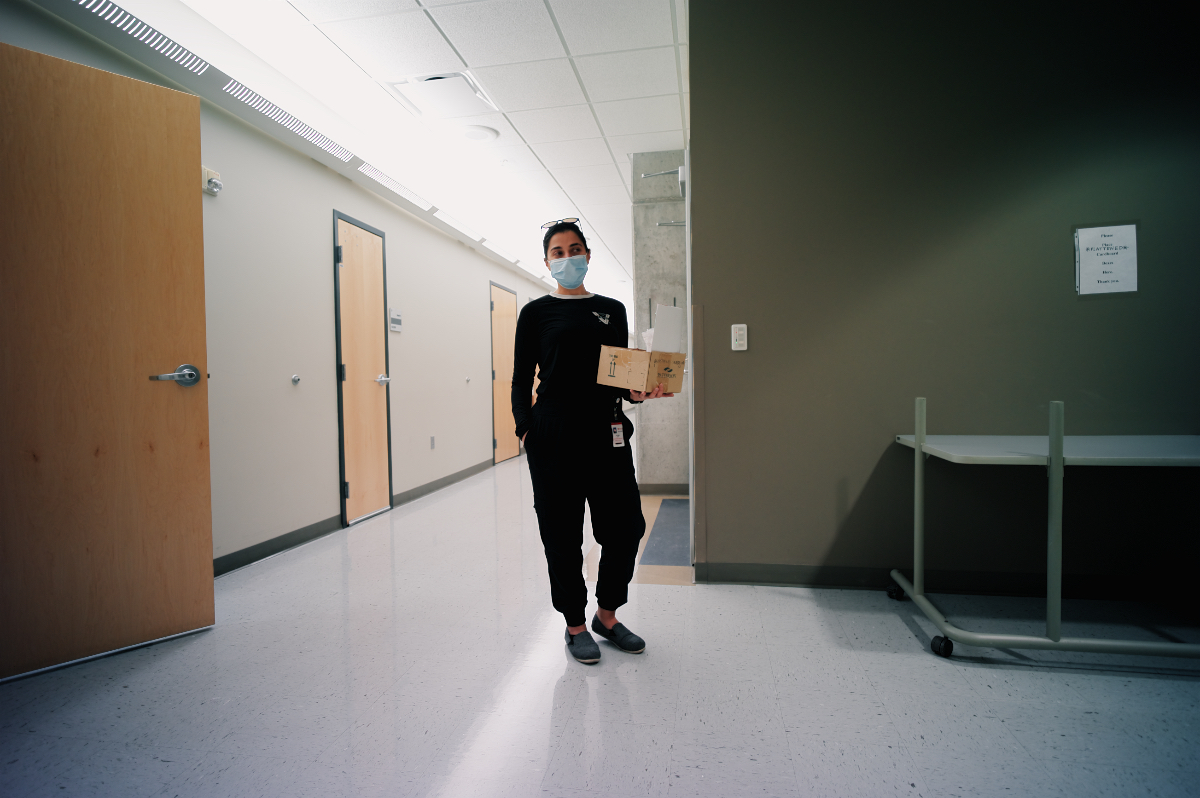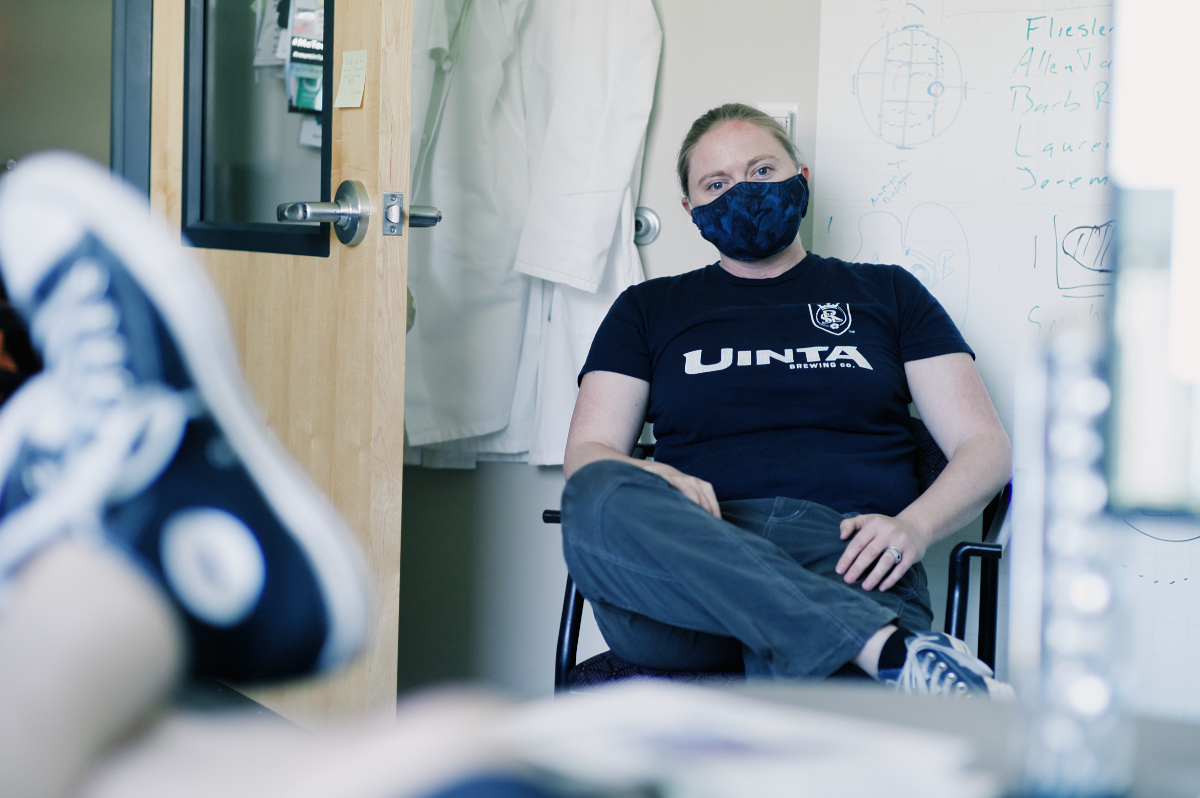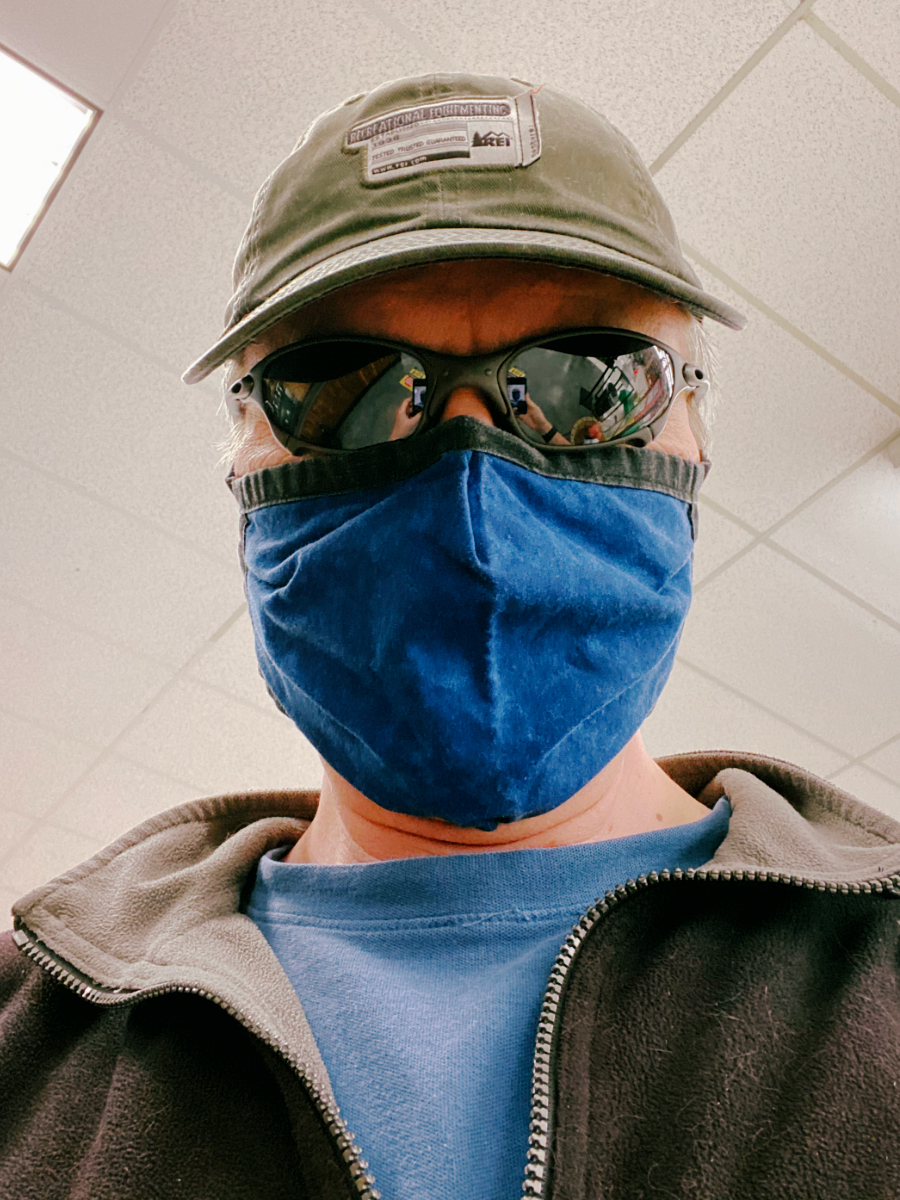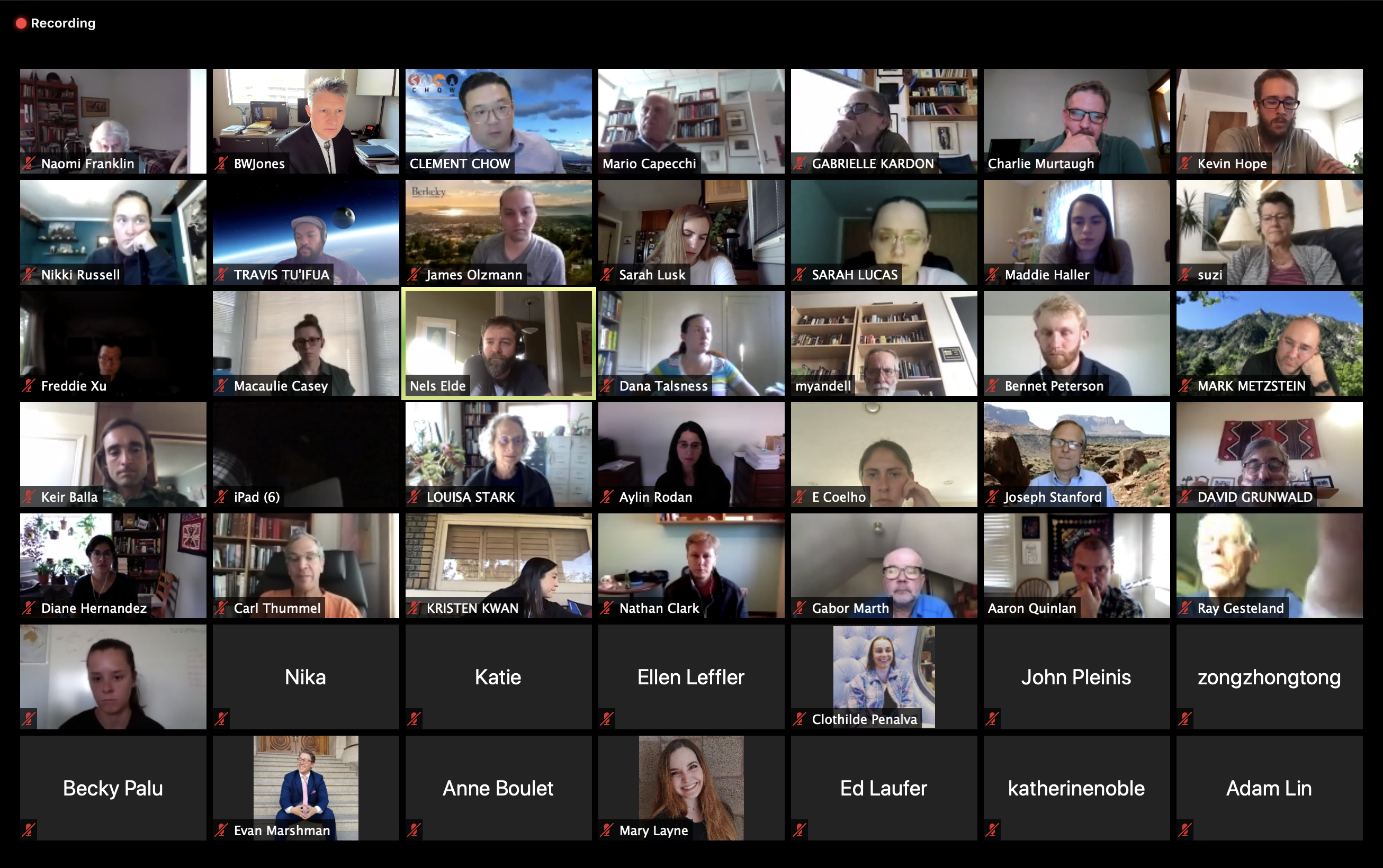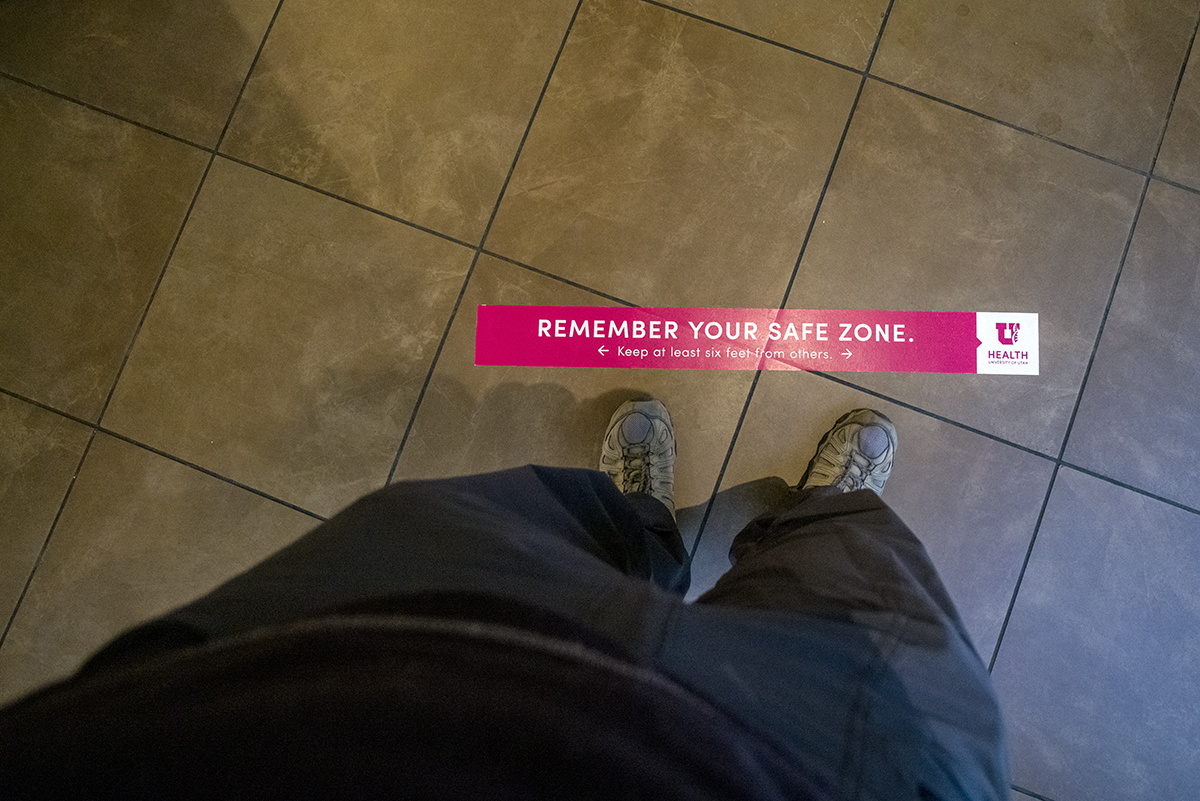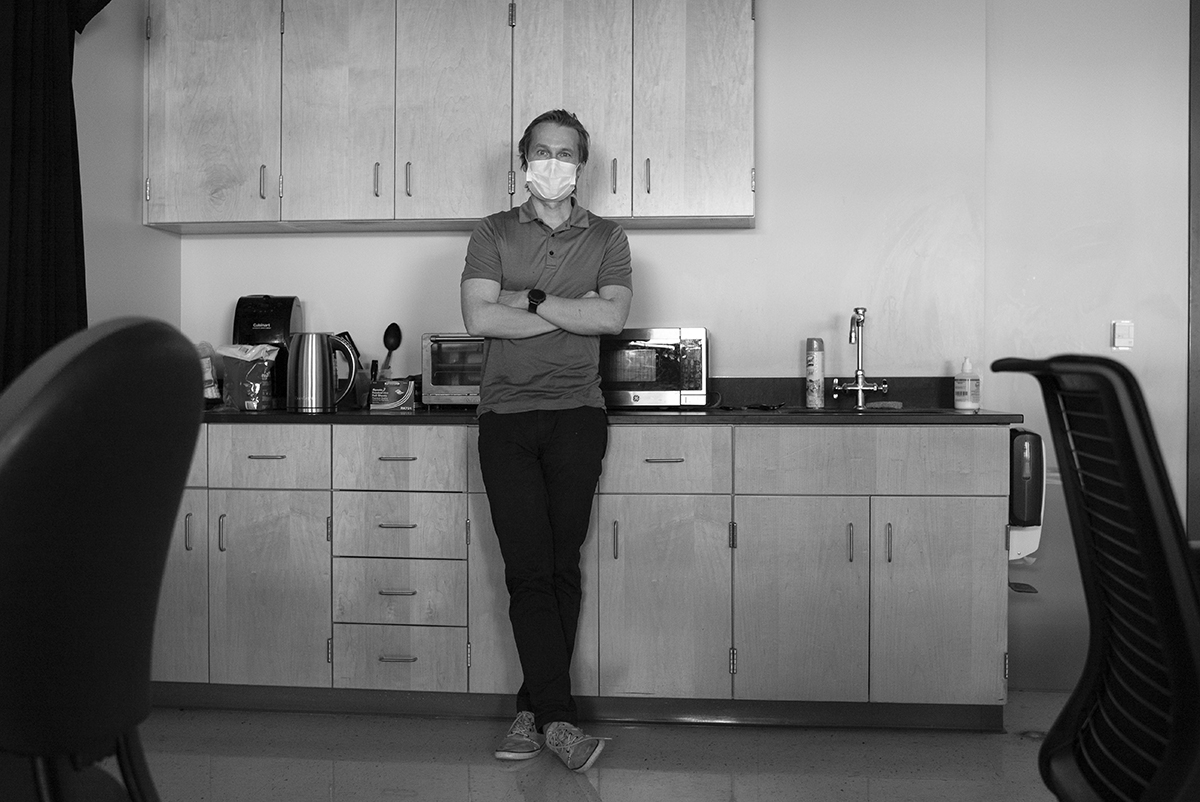Camera: Leica M9
Exposure: 1.5 sec
Aperture: f/8
Focal Length: 18mm
ISO: 200
This past year has been remarkable in terms of the impact that COVID-19 has wrought, as well as its impact upon everyone in the team. I am proud of the resiliency and huge efforts that people have gone through to keep science in the lab going, and cannot possibly relate how grateful I am to everyone. They have struggled through working remotely, human resources problems, child-care issues, logistical issues related to access of research tools and data, equipment downtime due to maintenance issues, personal COVID infections, and outbreaks in their families, not being able to attend meetings, duties to the department and university to assist with the COVID-19 response, volunteering of time, money and resources to assist the COVI-19 response, having to be responsive to new IT demands, and so much more.
I had been tracking COVID-19 since January, but by March, I became particularly alarmed and shut the lab down, sending everyone home with computers in short order. Having no idea how this would turn out, I did have visions of being able to get all caught up and do a ton of reading that I’ve not been able to do, and more. 2020 being 2020, that was just not possible, and the bureaucratic overhead of reporting and constant emails and videoconferencing has eaten up massive amounts of time. This year, despite the global pandemic, we’ve still managed to publish 6 manuscripts, 3 pre-prints, 2 abstracts, and 1 chapter, and secured a new NSF grant. We’ve continued to mentor graduate students, undergraduate students, and post-docs. Again, I am incredibly proud of this team.
The danger with all this productivity in the face of a global pandemic is that we are burning our team out. So, the plan was to take a couple weeks off, spend time with the closest people in our lives, recharge our batteries, and hit the ground running again in the New Year. Reality intruded for me at least however, and I discovered a water leak from one of the electron microscope chillers that leaked into the walls. I am investigating this now, but we are clearly down with half of our ultrastructural infrastructure unavailable until we can either get the chiller/microscope repaired or equipment replaced. 2020 just will not let go… The lab is still working from home, but I’ve had to go into work and get some things done related to the water leak.
Outside of equipment failures and water leaks, working in the lab during 2020 has been a challenge. After getting approval to have some people return to campus, we decided to bring technicians back for part time work in the lab and part time work at home, so long as they could keep distances while wearing masks while in the lab. Not being able to be in the lab full time, and having to maintain physical distance from all others and wear masks and personal protective gear constantly has absolutely been an added burden. However, we are fortunate in that we have space to spread out, but it has still been a massive challenge, getting work done.
Our lab has helped with the COVID-19 response by taking temperatures and performing health screenings of visitors and patients/visitors to the Moran Eye Center, a task all of our labs in the Moran Eye Center have been participating in. It takes us away from our research duties, but also helps in some small way with the COVID-19 response.
Staying up on the work from students and post-docs has, like everything else, gone virtual. This slows everything down of course and contributes to the sense of isolation. Both Crystal @CSigulinsky and Becca @BeccaPfeiffer19 have been critical in this mentoring effort. I can’t wait until we get this thing back under control and can meet in person again…
I’m also grateful for the Kevin Mcilwrath from JEOL @JEOLUSA who helped us maintain the microscopes and keep them up and running. And when they went down, I am so grateful that Kevin could come in and help us get them back up and running. We definitely had downtime as a result of the pandemic, but we would have had more, if it were not for Kevin Mcilwrath. We will need him again, to get back up and running after the Christmas Eve chiller failure, and I am grateful for him and JEOL for making the efforts to keep us running.
We’ll see what the New Year brings. The list of things to do starting in a few days is formidable. Even though the vaccines are just now starting to roll out, we are still in the middle of a pandemic and will not be returning to normal functioning in the lab for months yet. We have to perform repairs to our infrastructure, finish a manuscript I am working on, edits to a colleagues manuscript, getting a couple of manuscripts from post-docs going, a couple of new genetic models to create, a grant renewal to write, data to process for collaborations, getting our light microscopes back up and running, a grad student starting a rotation, undergrads presenting their research, and then completing work on all the other stuff that we normally have to do.
I am so grateful for Jia-Hui, Jamie, Hope, Nat, Crystal, Becca, Jeebika, Jessica, Selena and Olivia. You all made getting through this year possible. Thank you for your teamwork, and your *hard* work. Also, my undying gratitude to my chairman, and all the colleagues in my department. What a brutal year, and my hopes are for more normalization, better leadership at the federal level, and mitigation of the COVID-19 pandemic as vaccines start to roll out.
Camera: Leica SL2
Exposure: 1/13
Aperture: f/16
Focal Length: 35mm
ISO: 800
Camera: Leica M-P 240
Exposure: 1/250
Aperture: f/2.8
Focal Length: 35mm
ISO: 1,000
Camera: Leica M-P 240
Exposure: 1/250
Aperture: f/2
Focal Length: 35mm
ISO: 2,000
Camera: Leica M-P 240
Exposure: 1/125
Aperture: f/2.8
Focal Length: 35mm
ISO: 2,500
Camera: Leica M9
Exposure: 1/350
Aperture: f/8
Focal Length: 18mm
ISO: 160
Camera: Leica M9
Exposure: 1/125
Aperture: f/2
Focal Length: 35mm
ISO: 500
Camera: Leica M9
Exposure: 1/60
Aperture: f/2
Focal Length: 35mm
ISO: 800
Camera: Leica M9
Exposure: 1/90
Aperture: f/2
Focal Length: 35mm
ISO: 800
Camera: Apple iPhone 11 Pro
Exposure: 1/65
Aperture: f/2.4
Focal Length: 18mm equivalent
ISO: 250
Camera: Apple iPhone 11 Pro
Exposure: 1/140
Aperture: f/2.71
Focal Length: 30mm equivalent
ISO: 250
Camera: Apple iPhone 11 Pro
Exposure: 1/662
Aperture: f/1.8
Focal Length: 26mm equivalent
ISO: 32
Camera: Leica SL2
Exposure: 1/125
Aperture: f/4
Focal Length: 18mm
ISO: 6,400
Camera: Leica M-P 240
Exposure: 1/125
Aperture: f/2.8
Focal Length: 35mm
ISO: 2,500
